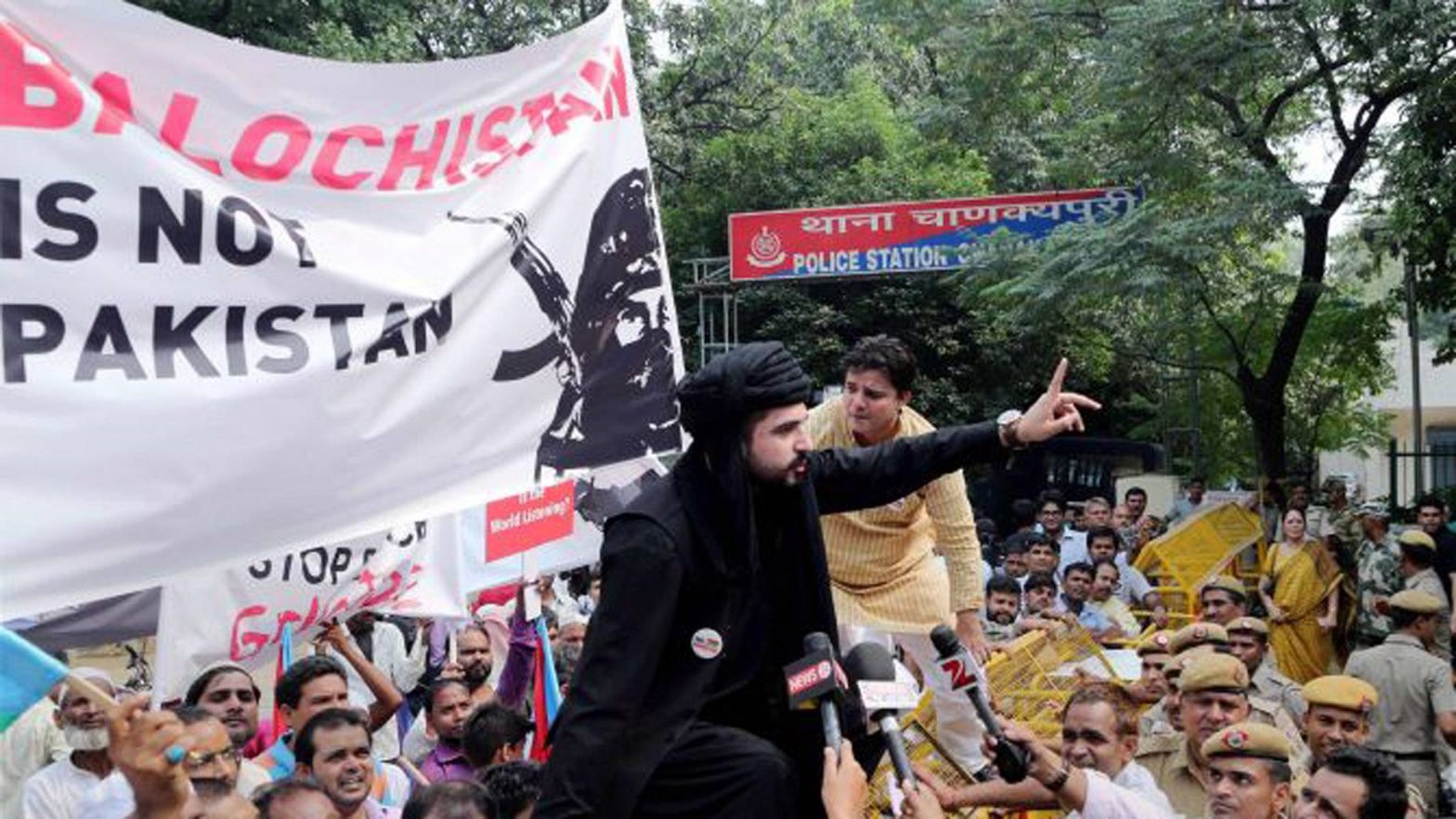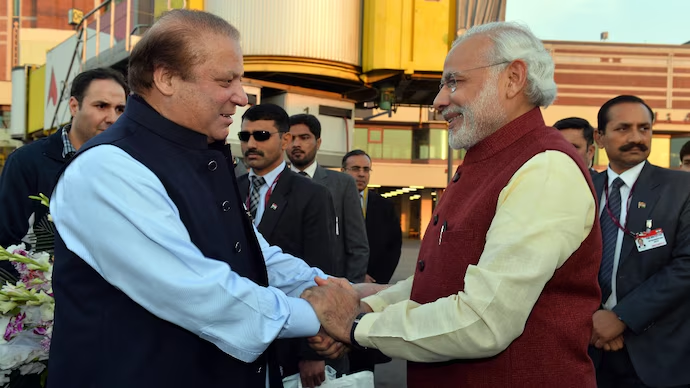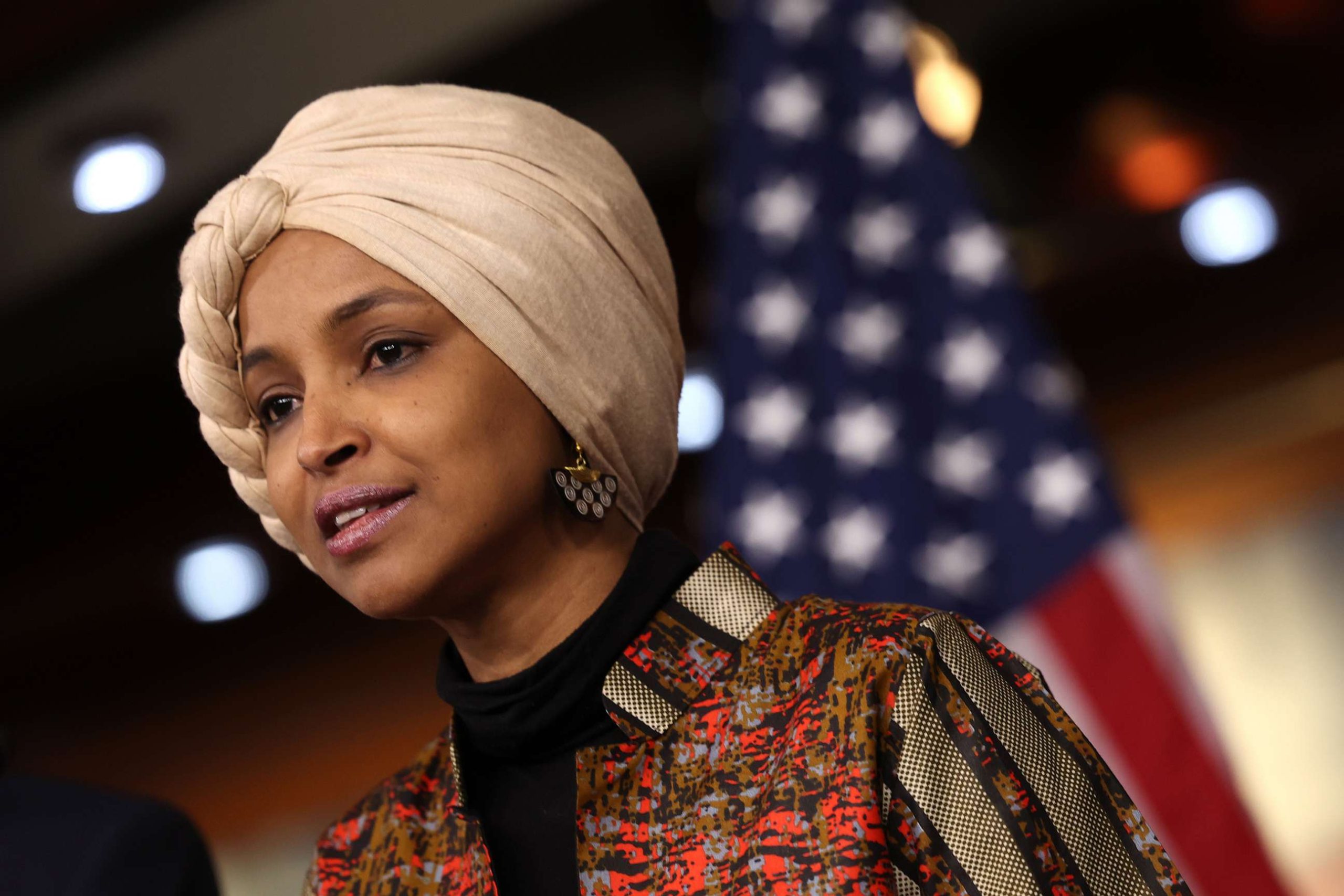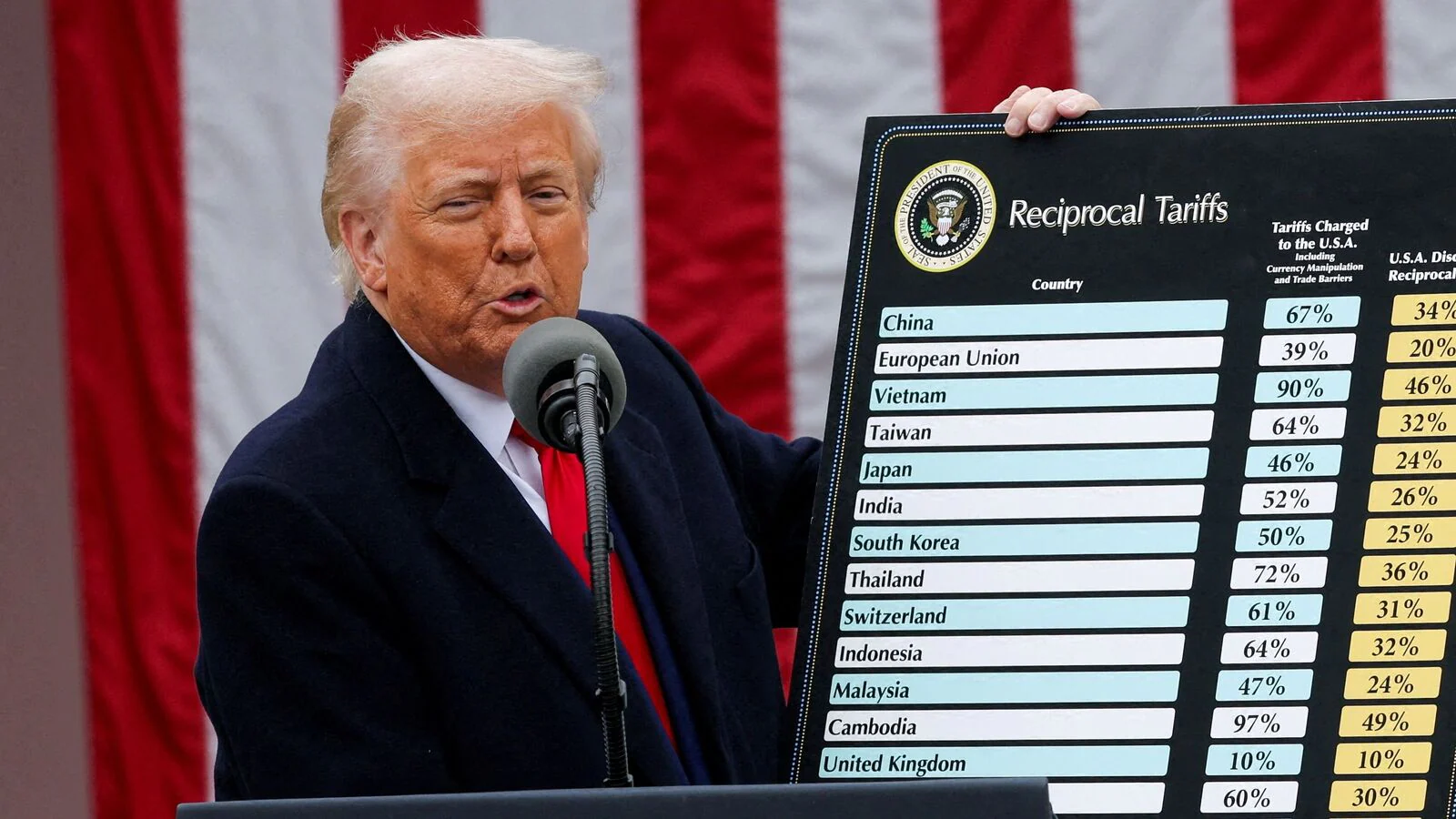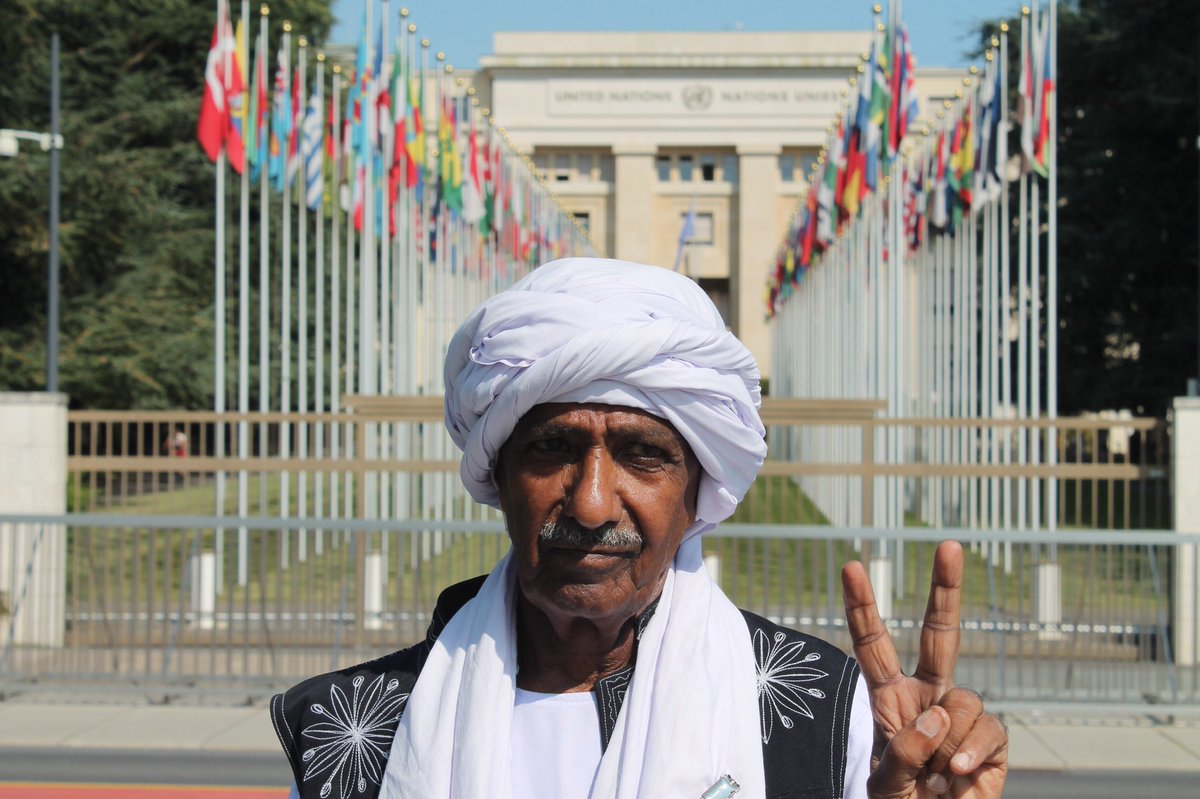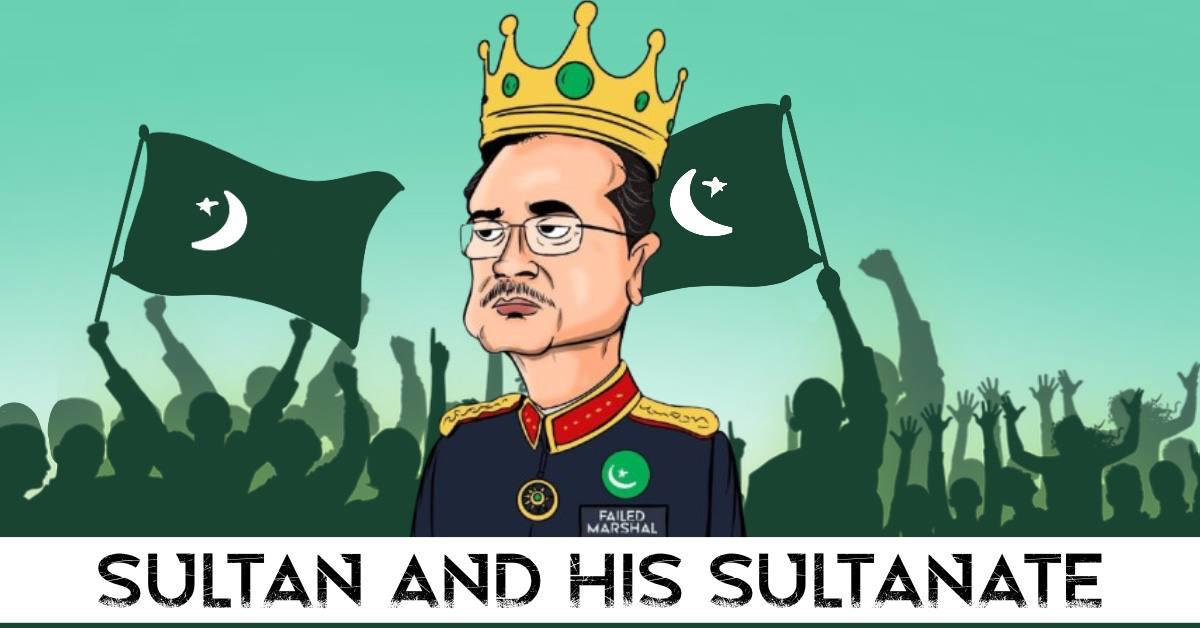South America, a region historically shaped by its colonial past, diverse cultures, and political upheavals, is not typically associated with jihadist extremism on the scale seen in the Middle East, Africa, or parts of Asia. However, the continent has not been entirely immune to the global reach of jihadist ideologies, particularly those linked to groups like Hezbollah, al-Qaeda, and, to a lesser extent, the Islamic State (IS).
While South America does not face active jihadist insurgencies or widespread radicalisation, the presence of jihadist networks, primarily for fundraising and logistical purposes, and a handful of significant incidents highlight a limited but persistent challenge.
The presence of Islam in South America dates back to the colonial era, with the arrival of enslaved West African Muslims and, later, immigrants from the Middle East, particularly Syria, Lebanon, and Palestine, starting in the late 19th century.
These migrations established small but vibrant Muslim communities, with an estimated 1–2 million Muslims across the continent today, concentrated in countries like Brazil, Argentina, and Suriname. However, jihadist activity emerged only in the late 20th century, driven by global terrorist networks rather than local radicalisation.
The expansion of Hezbollah in South America
The most significant jihadist presence in South America has been linked to Hezbollah, an Iran-backed Shia militant group. Hezbollah established a foothold in the Tri-Border Area (TBA) of Argentina, Brazil, and Paraguay in the mid-1980s, capitalising on the region’s large Lebanese and Shia diaspora, lax border controls, and economic opportunities for illicit activities.
The TBA, centred around Ciudad del Este in Paraguay, became a hub for fundraising through money laundering, drug trafficking, and counterfeiting, channelling funds to Hezbollah’s operations in the Middle East. Other groups, such as al-Qaeda, the Egyptian Islamic Group (Gamaa al-Islamiyya), and Palestinian Islamic Jihad (PIJ), have also been reported to have a presence, though their activities are primarily logistical rather than operational.
The 1990s marked the onset of South America’s most prominent jihadist incidents, both attributed to Hezbollah. In 1992, a bombing at the Israeli Embassy in Buenos Aires, Argentina, killed 30 people and injured 220, followed by the 1994 bombing of the Argentine-Israeli Mutual Association (AMIA) in Buenos Aires, which killed 85 and injured nearly 300.
These remain the deadliest terrorist attacks in the Western Hemisphere prior to 9/11 and the only confirmed jihadist attacks in South America. Hezbollah’s involvement, allegedly with Iranian backing, was linked to retaliation for Israeli actions in Lebanon, highlighting the region’s vulnerability to global geopolitical conflicts.
Key Incidents and Recent Developments
Since the 1990s, jihadist activity in South America has been sporadic, with no attacks matching the scale of the Buenos Aires bombings. However, several incidents and disrupted plots underscore the region’s ongoing relevance to jihadist networks:
a) 2016 Brazil Olympics Plot: In July 2016, Brazilian Federal Police arrested 10 individuals suspected of planning an IS-inspired attack on the Rio de Janeiro Summer Olympics, modeled after the 1972 Munich massacre. The group, composed of Brazilian nationals, was poorly organised and lacked sophisticated training, but their arrest highlighted the potential for homegrown radicalisation.
b) 2023 Operation Trapiche in Brazil: On November 8, 2023, Brazilian authorities, with support from Israel’s Mossad, uncovered a Hezbollah plot to attack Jewish targets, including synagogues and the Israeli Embassy. Two suspects with ties to Lebanon were arrested in São Paulo, Brasília, and Minas Gerais, demonstrating Hezbollah’s continued interest in using South America as a staging ground for terrorism.
c) Tri-Border Area Activities: The TBA remains a focal point for Hezbollah’s illicit enterprises, including drug trafficking and cryptocurrency mining, which fund its global operations. Reports suggest that as many as 11,000 members of the TBA’s Muslim community may have relocated to other South American cities since 2001, potentially spreading these networks. Al-Qaeda operatives, including Khalid Sheikh Mohammed, reportedly visited the TBA in 1995, indicating its historical significance as a logistical hub.
d) Potential IS Sympathisers: While IS has not conducted attacks in South America, its influence is evident in small pockets. Trinidad and Tobago, though in the Caribbean, is a notable outlier, with 240 nationals joining IS in Syria/Iraq between 2013 and 2016, a significant number for a population of 1.3 million. This suggests a regional vulnerability to IS recruitment, though less so in mainland South America.
Counterterrorism measures by Govts in South America
South American governments have taken steps to address jihadist threats, though challenges persist. Argentina became the first Latin American country to designate Hezbollah a terrorist organisation in 2019, followed by Colombia, Guatemala, Honduras, and Paraguay, but notably not Brazil.
Brazil’s 2016 arrests and 2023 Operation Trapiche demonstrate proactive law enforcement, supported by international cooperation with agencies like the FBI and Mossad. However, regional legislation often lacks a comprehensive framework to counter terrorism, with weak anti-money-laundering laws and corruption hindering efforts.
The U.S. Southern Command (SOUTHCOM) and organisations like the Inter-American Committee Against Terrorism promote intelligence sharing, but regional coordination remains inadequate. The 3+1 Group (Argentina, Brazil, Paraguay, and the U.S.) focuses on TBA security, but political differences and resource constraints limit its effectiveness.
Muslim Communities in the region
Muslim communities in South America have actively rejected extremism. For example, in Rio de Janeiro, a mosque expelled two members for creating an “Islamic Jihad” website promoting radical views, emphasising that such ideologies are not representative of the broader community.
The jihadist problem in South America is limited in scope compared to other regions. Unlike Africa or the Middle East, where groups like Boko Haram or IS control territory, South America’s challenge is confined to sporadic plots and logistical networks.
Argentina remains the only country with confirmed jihadist attacks (1992 and 1994), and Brazil’s disrupted plots indicate a low operational capacity among local cells. With Muslims comprising less than 1% of most South American populations (except Suriname at 13.9%), the recruitment pool for jihadist groups is small. Most Muslim communities are integrated and focused on cultural preservation rather than political extremism.
South America’s distance from jihadist strongholds in the Middle East and Africa limits the operational reach of groups like IS or al-Qaeda. The TBA’s role as a hub is more about funding than launching attacks. Governments prioritise local issues like drug cartels and economic instability over jihadist threats, which are seen as secondary.
This focus, while understandable, leaves gaps in counterterrorism preparedness. However, the threat should not be underestimated. Hezbollah’s entrenched presence in the TBA, combined with the potential for IS-inspired lone-wolf attacks, as seen in Brazil, suggests a latent risk.
Also Read: The Islamic Jihad Threat in Australia: All you need to know



